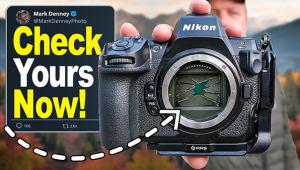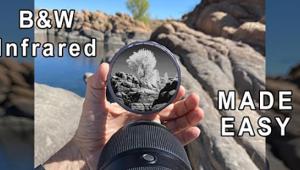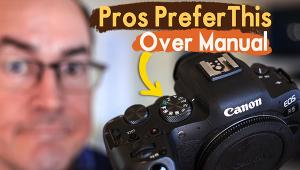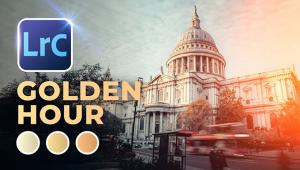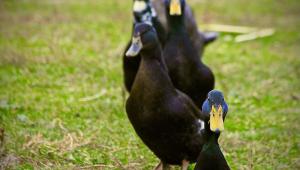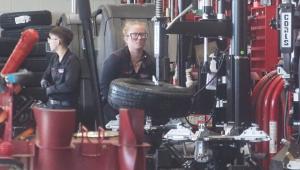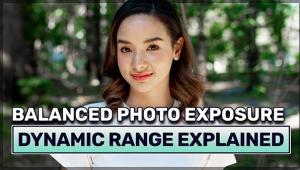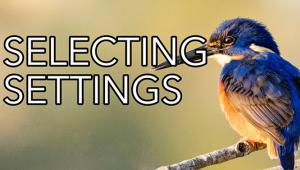Dynamic Range: Use it to Fix Common Photo Mistakes (VIDEO)

A firm understanding of Dynamic Range is super important for achieving optimum results, yet this key element is often ignored. In fact, this crucial concept is one key to capturing well-balanced, high-quality images that make you proud.
Today's quick explainer comes to us from the Great Big Photography YouTube channel, a popular network of experienced creatives who share a wide range of courses catering to both amateurs and professional shooters. This three-minute episode explains Dynamic Range in simple terms and demonstrates why is particularly important if you're struggling with overexposed highlights or crushed shadows that are virtually devoid of detail.
Our unnamed instructor begins with this definition: "Dynamic Range is the ratio between the maximum and minimum light intensities that your camera can record in a single frame," and it's a value that can differ significantly from one model to another.
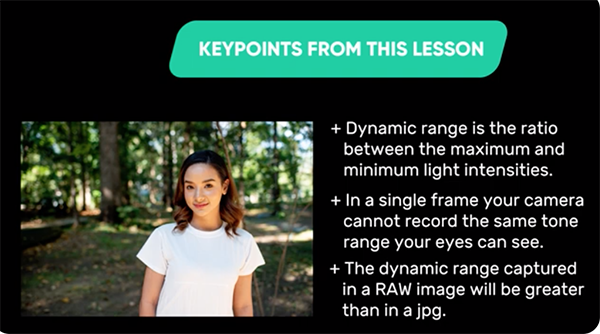
Consider this interesting fact: "The scope of tones that your camera can record is far more limited than what our eyes can see" (although the disparity has narrowed somewhat as sensor technology has evolved). This is one reason why what you see in the field isn't always what you get.
When shooting contrasty scenes in harsh sunlight, for example, even the best cameras can fail to deliver a sufficient range of tones from bright highlights to deep shadows. And this dilemma often holds true when photographing in low light.
In either case, there are techniques for dealing with these issues to achieve properly balanced exposures. You'll learn how file format (i.e. Raw or Jpeg) affects dynamic range, and why our instructor recommends shooting in Raw for maximum post-processing flexibility. He also describes how the metering mode you select factors into the equation—specifically with regard to Spot vs. Evaluative metering.

Another topic of discussion involves using a technique known as "HDR photography" to blend multiple exposures into one perfect shot, and another method used in bright conditions when the trick is exposing for the highlights.
You'll also see why our instructor recommends shooting in diffused light whenever possible to capture a naturally balanced tonal range. The Great Big Photography YouTube channel has thousands of subscribers and many more how-to lessons like this one.
And don't miss the explainer we featured recently with another accomplished pro who demonstrates why Photoshop's new Hue/Saturation tool is a game-changing upgrade for creating photographs with perfect colors.
- Log in or register to post comments



